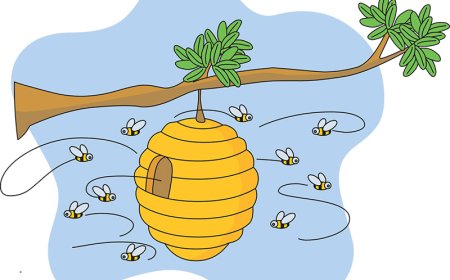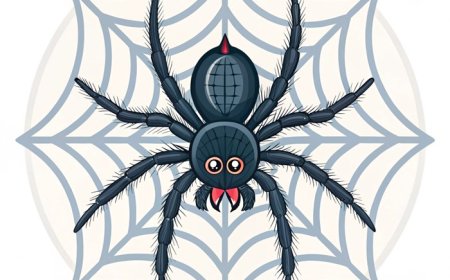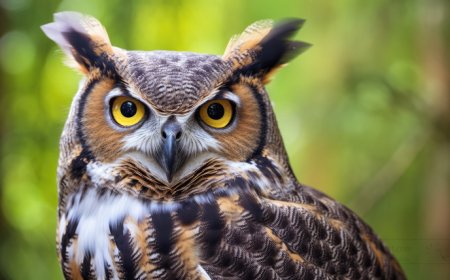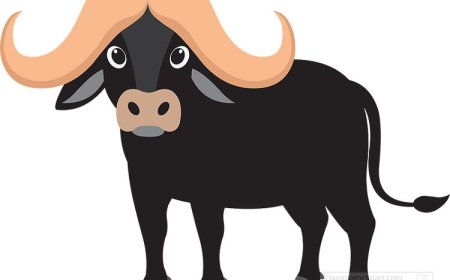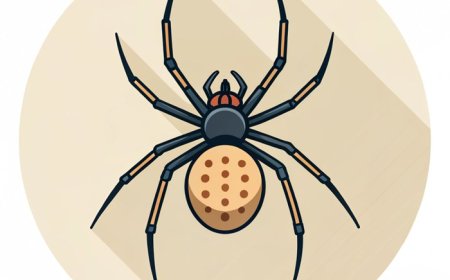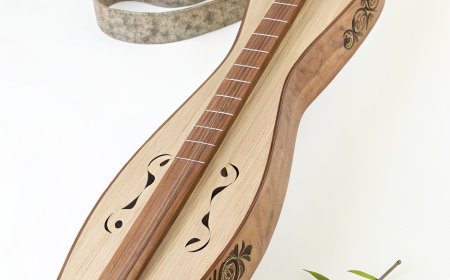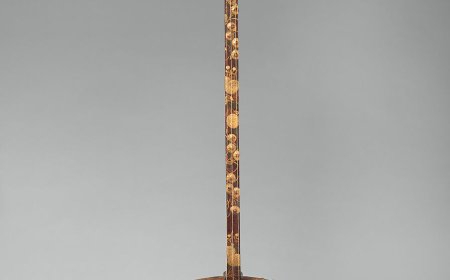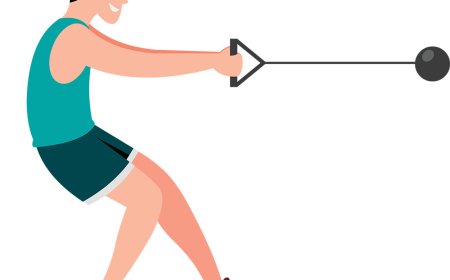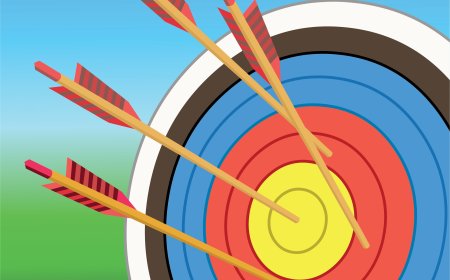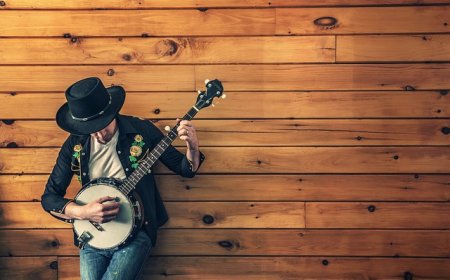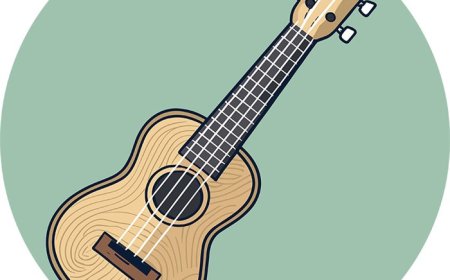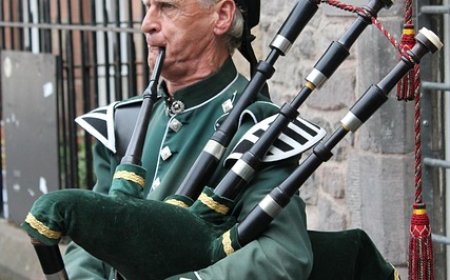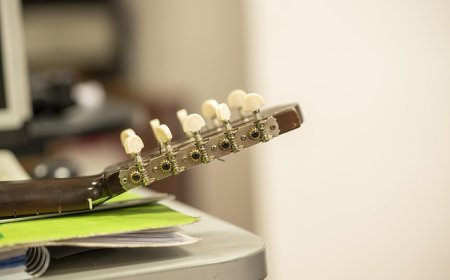Flugelhorn Facts for Students | Learn How the Flugelhorn Works & Its History
Explore how the flugelhorn works, its parts, history, famous players, and fun facts. A perfect educational guide for young music students curious about this smooth-sounding brass instrument.
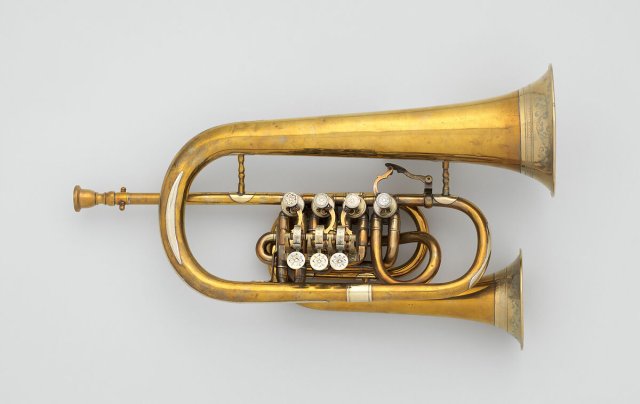
🎺 All About the Flugelhorn
🥇 Introduction
The flugelhorn is a unique and expressive brass instrument with a smooth, rich sound. It looks a lot like a trumpet but has a deeper and more mellow tone, making it perfect for emotional solos and soft, lyrical music. Used in jazz bands, brass ensembles, and even orchestras, the flugelhorn blends the brightness of the trumpet with the warmth of the French horn. It may not be as well-known as its trumpet cousin, but the flugelhorn has a special voice all its own.
🎼 What Is a Flugelhorn?
A flugelhorn is a brass wind instrument in the trumpet family. Like the trumpet and cornet, it is played by buzzing the lips into a mouthpiece and using valves to change the notes. However, the flugelhorn has wider, conical tubing and a more rounded bell. This gives it a darker, softer, and more velvety sound.
The flugelhorn is usually pitched in B♭, like the trumpet and cornet, and it uses three piston valves. It is most commonly used in jazz, brass bands, and occasionally in orchestral music. Its smooth tone makes it ideal for solos, ballads, and slow, expressive pieces.
🧩 Parts of the Flugelhorn
The flugelhorn is made up of several parts that work together to produce its mellow sound. At the front is the mouthpiece, which is usually deeper and more conical than a trumpet’s. This helps create the warm tone that the flugelhorn is known for.
From the mouthpiece, air enters the leadpipe and travels through a coiled section of tubing. The flugelhorn typically has three piston valves, like a trumpet, which reroute air through additional tubing to change the pitch. Some advanced models have a fourth valve to extend the instrument’s range and improve tuning.
The air continues through the conical tubing and exits through the bell, which is wider and rounder than that of a trumpet. The flugelhorn also has valve slides, a main tuning slide, and water keys for moisture release, just like other brass instruments.
⚙️ How Does the Flugelhorn Work?
The flugelhorn works by combining lip vibration, air flow, and valve operation. The player buzzes their lips into the mouthpiece, creating vibrations that travel through the tubing. When the player presses a valve, it adds more tubing and lowers the pitch.
Because the flugelhorn has conical tubing—which means the tubing gradually widens from the mouthpiece to the bell—it produces a soft, full tone rather than a bright, piercing one. This makes it sound gentler and more emotional than a trumpet.
The shape of the mouthpiece and bell also helps the flugelhorn blend well with woodwinds and strings, making it a favorite for ballads and slow jazz solos. Like other brass instruments, players must control pitch using embouchure, breath support, and valve combinations.
📜 History of the Flugelhorn
The flugelhorn’s story begins in Europe in the early 1800s. It evolved from a type of signal horn used by the military called a bugle. The name "flugelhorn" comes from the German word “Flügel”, meaning “wing,” because it was originally used by wing commanders to signal troops.
In 1815, valves were added to the bugle, allowing players to play a full range of notes. This led to the creation of the modern flugelhorn. The instrument became popular in military bands, and over time, its use spread to brass bands and orchestras.
In the 20th century, the flugelhorn found a new home in jazz music, where its smooth tone was perfect for mellow solos. Jazz musicians began to explore its full emotional range, and it’s now considered a key instrument in certain jazz styles and ballads.
🎷 Famous Flugelhorn Players
The flugelhorn has been played by many outstanding musicians in both classical and jazz settings. Here are some famous flugelhorn players you should know:
- Chuck Mangione – A jazz musician known for his hit song Feels So Good, which features the flugelhorn
- Clark Terry – A legendary jazz trumpeter and flugelhorn player who inspired generations
- Art Farmer – One of the first jazz musicians to make the flugelhorn his main instrument
- Sergei Nakariakov – A classical soloist who performs virtuosic pieces on the flugelhorn
- Till Brönner – A modern German jazz artist known for his flugelhorn solos and smooth sound
These players helped show the world how beautiful and versatile the flugelhorn can be.
🎶 Learning to Play the Flugelhorn
Learning to play the flugelhorn is a great option for students who already play trumpet or cornet and want to explore a softer, more expressive sound. Beginners can also start on the flugelhorn, especially if they prefer a mellow tone and aren’t looking for the brightness of the trumpet.
The first step is learning to buzz the lips into the mouthpiece, which is a little deeper and wider than a trumpet’s. Students then learn valve fingerings, note reading in treble clef, and tone exercises to improve airflow and control.
The flugelhorn is less common in school bands, but it often has featured roles in jazz bands, brass ensembles, and chamber groups. With steady practice, a flugelhorn player can develop a beautiful tone and use the instrument to express music in a heartfelt way.
😄 Fun Facts About Flugelhorns
Here are some fun and interesting things about the flugelhorn:
- The flugelhorn’s name means “wing horn” in German!
- It is shaped like a trumpet but sounds warmer and softer.
- The flugelhorn is often used for jazz ballads because of its emotional tone.
- Some flugelhorns have four valves, which helps with tuning and low notes.
- The mouthpiece is deeper than a trumpet’s, giving it a mellow sound.
- The flugelhorn is featured in popular songs like Feels So Good by Chuck Mangione.
👧 Kid-Friendly Summary
The flugelhorn is a brass instrument that looks like a trumpet but sounds softer and smoother. You play it by buzzing your lips into the mouthpiece and pressing valves to change notes. It’s great for mellow music, jazz solos, and warm melodies. If you like calm, emotional sounds and want something a little different from the trumpet, the flugelhorn might be just right for you!
📚 Vocabulary Words
Flugelhorn – A mellow-sounding brass instrument related to the trumpet
Conical bore – A tube that gradually widens, creating a soft tone
Bell – The wide, round end where the sound comes out
Leadpipe – The part of the instrument that connects the mouthpiece to the tubing
Mouthpiece – The part you buzz into with your lips
Piston valve – A valve that changes the pitch when pressed
Treble clef – The musical symbol used for higher-pitched instruments
Embouchure – The way your lips and mouth are shaped to play the instrument
❓ Interactive Quiz
1. What type of sound does the flugelhorn make?
A. Sharp and loud
B. Mellow and warm
C. High and squeaky
D. Raspy and rough
2. What language is the word “flugelhorn” from?
A. Italian
B. French
C. German
D. Spanish
3. What kind of bore does the flugelhorn have?
A. Cylindrical
B. Conical
C. Square
D. Curved
4. Who is known for playing the hit jazz song Feels So Good on the flugelhorn?
A. Louis Armstrong
B. Chuck Mangione
C. Miles Davis
D. Wynton Marsalis
5. How many valves does a typical flugelhorn have?
A. Two
B. Three
C. Five
D. One


